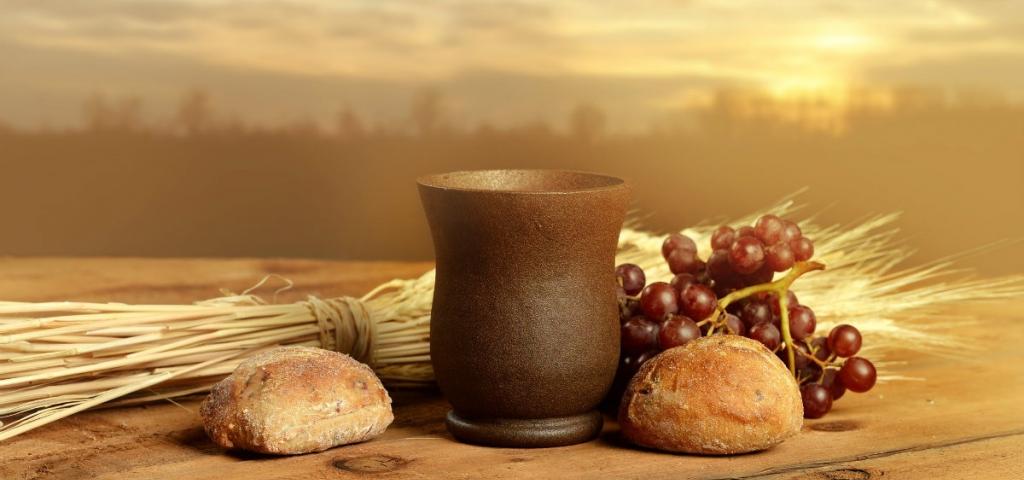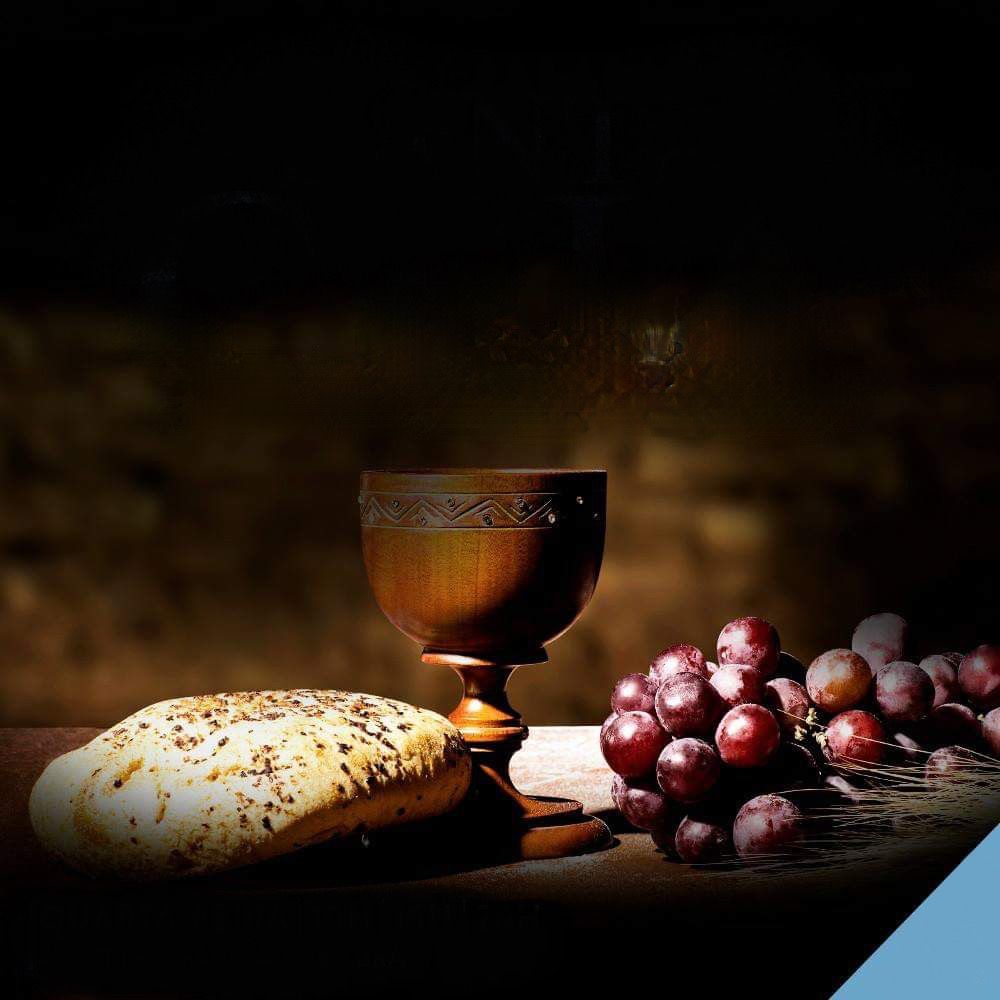Know in this article the details about the bread offering, one of the central acts of the rite of the Eucharist, and a fundamental part of the life of baptized Catholics. Don't miss out on any of them.

Index of contents
The Bread Offering at Holy Mass
Within the rite of Holy Mass, also called the Eucharist, a solemn act is carried out, which is led by a consecrated minister.
In the Eucharist, the Catholic parishioners represent their devotion to Christ, and after the congregation of the faithful, the universal prayer is performed, to start the Eucharistic liturgy, which is the nucleus of the Mass, where perform many religious acts, such as the bread offering.
However, before performing the bread offering, solemn acts are carried out that evoke the sacrifice of Jesus Christ, and the institution of the Eucharist at the Last Supper is commemorated.
These acts have the purpose of presenting the gifts (bread and wine), sanctifying them and later consecrating them; in this way, the gifts are converted, by transubstantiation, into the body and blood of Christ respectively. It is the song of offertory, the one who begins the rites of bread offering and the wine.
Now, this offering has spiritual value, since it allows those who take bread to accept the body of Christ within themselves. However, we will detail this with greater emphasis in another section.
During the times of the Middle Ages, the Catholic faithful made their own bread, which was to be delivered to the priest, and thus be presented before God the Father as an offering, invoking the Holy Spirit for its sanctification. However, this tradition no longer includes the bread made by the faithful, but the rite of presenting the gifts remains the same today.
In general, the offertory act is that stage of the Holy Mass, where the gifts are presented to God, the bread and the wine, as a sacrifice, representing the sacrifice of Christ on the Cross to cleanse the world of sin.
Spiritual importance of the offering of bread in the Eucharist
One of the most important spiritual values of the bread offering, and also of wine, is that it represents the work of man, this being a form of offering to the Lord for his blessing and glorification in his name. The faithful are obedient to what God dictates in the Word, and they agree to offer their sacrifice as an offering.
Formerly, in the Middle Ages, it was the faithful who made the aforementioned foods for this rite, from the fruits of their effort, and left them in the hands of the priest, which would later be a means for the Catholic faithful to make their requests Mr.
The parishioners make their offering to the Lord, and leave it deposited in holy hands, and this is a way of symbolizing the confidence to leave their problems and needs in the hands of God.
Likewise, during the Eucharistic Mass, the Catholic Church evokes the sacrifice of Jesus on the cross, bearing in mind the sacrifice of the New Covenant, in turn, that the church preaches on the commandments and teachings of the Lord Jesus Christ, highlighting the importance to be obedient to the Word.
Gifts: Prayer over Offerings
As much as offerings can be made to the Lord, they may appear to be very small compared to how great the works of Christ are. However, the Lord will be happy with the offerings, even if they are small; the important thing is that these are done with the heart and with devotion.
Once the bread offerings and wine, which are offered by the Catholic Church and presented on the altar, these offerings will be converted into the Gift of the Eucharist, which later, will go through the consecration, and in this way both bread and wine will become the body and blood of Christ.
Through communion, these offerings will be multiplied so that the faithful may be fed, taking within themselves the presence of Christ.
If you found this post interesting, we invite you to read our article on: Learn the prayer of spiritual forgiveness.

When the Catholic Church presents the gifts before the Lord, the priest performs a prayer where the desires and needs requested by the faithful to God are collected; the faithful ask that their needs be met, that their problems be solved, they ask for miracles, and so on. This in exchange for the offerings presented by the temple.
The offerings are a sample of the exchange that involves the wealth and needs of the parishioners, in contrast to the great wealth and power that the Lord possesses.
Steps prior to the bread offering
La bread offering It consists of several parts and very important preliminary steps, which are carried out before communion; they are part of the eucharistic liturgy carried out during the Holy Eucharist.
Input monition
The entrance message is the part of the mass where the parishioners are greeted on behalf of the priest and his companions; the happiness of being able to be recipients of the body and blood of the Lord Jesus Christ is also expressed.
This part of the mass is where the faithful are thanked for their devotion and accompaniment of the celebration of the Holy Mass, and each one of them feel the presence of Christ, and have the blessing of God by being in communion as brothers in his temple.
Appeals for forgiveness
This is the stage of Holy Mass, where the congregation asks for God's forgiveness for the sins they have committed, bringing possible disagreements and enmities, for lies, disobedience to the Word and our parents, and so on. Likewise, the congregation proceeds to sing or recite the "Lord, have mercy."
The readings of the day
The readings are a way of making the Word of God known to the congregation, knowing the history of the people of Israel, the works of Jesus, his commandments, teachings, what he thought, the growth of Christianity, and so on.
Among the readings that take place in this stage of the Eucharist, readings are taken from the responsorial psalm, from the Old and New Testaments and from one of the 4 Gospels.
The offerings
It is at this point in the Holy Mass that the bread offerings and wine, whose presentation is made evoking the preparation of the table for the Last Supper of Jesus with the apostles.
For this, a large representative table of the world table is prepared, where all men and women of the entire planet are invited to eat, who will be able to participate in the Lord's banquet.
Bread offering
This is the first offering made at Holy Mass, this being the bread of God, which gives food and sustenance for the Christian faith; it is the bread of eternal life.
Furthermore, the bread offering Inherently carries a symbolism with the aim of teaching the faithful to share with others, with those most in need, so that no one lacks daily bread at their table.
Wine offering
Then from the bread offering follows the offering of wine, the one that will become the blood of Christ after the consecration. Likewise, it will also be a symbol of joy and pure and true love.
If you are interested in learning more about the making of the bread offering, and all the solemn acts prior to it, we cordially invite you to watch the following video:
